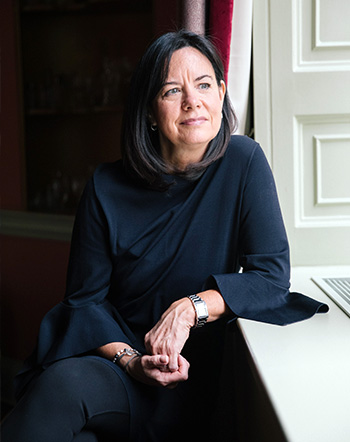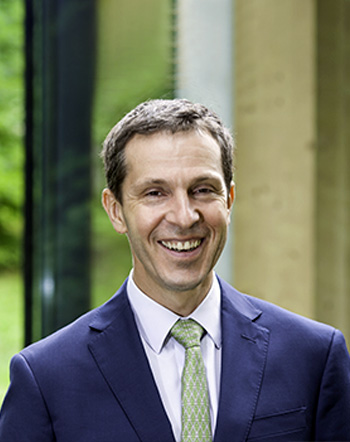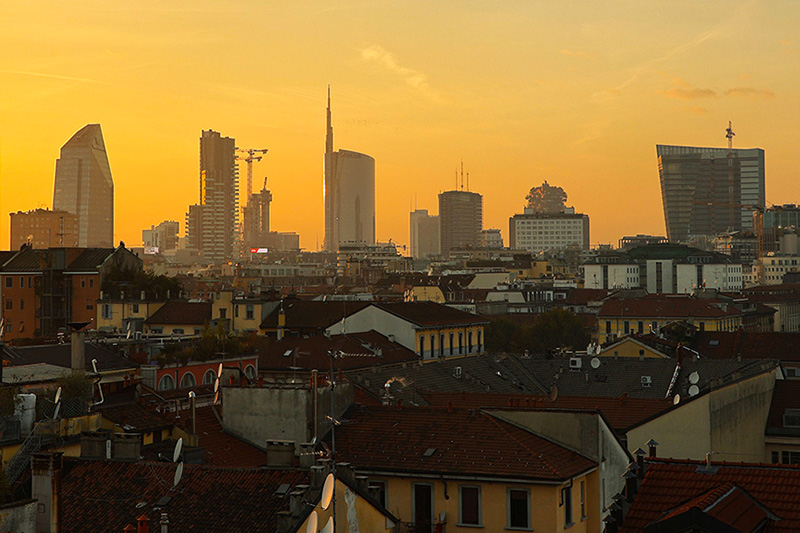Porta Nuova is the world’s first district to be LEED & WELL for Community certified. It is a prestigious result that contributes to positioning Milan and Italy among the most advanced areas pursuing sustainable, measurable and transparent real estate investments.

Urban Stories videopills – LEED & WELL for Community
The Porta Nuova’s double certification is the culmination of a project started in 2003 which enabled the redevelopment of a compromised ecosystem through various works, created public spaces and a district community.
LEED & WELL for Communities award combines two certifications: LEED® for Communities, awarded by the US Green Building Council (USGBC), analyses the quality of life in urban centres, while the WELL® Community Standard, granted by the International WELL® Building Institute (IWBI), evaluates the integration of people using public spaces. Urban Stories met Senior Vice President EMEA at International WELL Building Institute (IWBI) Ann Marie Aguilar and GBCI Europe Managing Director Kay Killmann, to explore the scope and objectives of these certifications.
Read also: The gentle revolution of the impact economy

Senior Vice President EMEA at IWBI
“What makes me proud of working with COIMA is its ability to ‘humanise’ the city and work on urban regeneration focusing mainly on the health and well-being of the people who live, work and animate urban centres.” Ann Marie Aguilar sums up one of the most important aspects of the Porta Nuova project. It is not just a new district, but a laboratory for experimentation on sustainable urban regeneration, which acts as a place of inclusion for the city community. It makes the protection of health and physical and mental well-being in community life a priority.
Read also: Connected and inclusive: the features of future cities

Managing Director of GBCI Europe
This is a crucial aspect for LEED for Community certification. Kay Killmann said: “to be eligible, a project must apply and comply with a series of environmental and social criteria. Our certification analyses the quality of life in urban centres by assessing the sustainability of the materials and construction techniques, building environmental impact and the use of renewable energy sources.”
LEED & WELL for Community combines the analysis of both certifications. Killmann said: “LEED is an internationally recognised benchmark, and one of the most widely used globally. More than 180 countries are home to LEED-certified projects. This is a sign of the increasing importance of LEED for investors and clients making sustainable investments, taking them to a higher level, i.e., the community, as part of a broader urban development. The analysis focuses on buildings and built spaces by assessing eight parameters - natural systems and ecology, transport and land use, water efficiency, energy and emissions, materials and resources, quality of life, innovation and regional priorities.
The WELL Community Standard analyses community-built spaces. Aguilar said: “WELL Community considers elements such as air, water, sound, light and everything that concerns the movements of people in space but based on an analysis of people’s needs. This includes having clean air, good quality water, access to healthy food, or participate in social events in areas designed to improve people’s health and well-being. Porta Nuova proved to be “farsighted and innovative, with a project that shows a crucial alignment between sustainability and well-being.”
Read also: Investing in the welfare of communities
Both certifications are verified by the Green Business Certification Inc. (GBCI), the independent organisation that recognises excellence in performance and practices in green industry globally.
The elements that enabled this result include environmental sustainability - 36 buildings with consumption of less than 113 kWh/m2/year; the first WELL-certified Italian tower (Corso Como Place) and the largest nZEB tower (Gioia 22); sustainable mobility, with three underground lines (and two railway stations) in the area, 3.6 km of cycle paths; proximity to essential support services for people and active community involvement activities, through the initiatives of the Riccardo Catella Foundation, Feltrinelli Foundation and Casa della Memoria, and the BAM - Biblioteca degli Alberi Milano cultural programme which involved more than 120,000 people since 2019.
Read also: Urban parks: a balance between inclusion, development, and well-being
Porta Nuova’s certification is the first step in a new phase in Italian and international real estate, which many buildings and districts worldwide are approaching. Aguilar said: “Porta Nuova is one of the first three WELL Communities in the world alongside the Barangaroo South area in Australia and Ningbao in China. We have another 65 communities that are trying to obtain the same certification.”
Killmann said: “We have 133 registrations for LEED for Communities globally. Of these, only 24 meet the criteria, but Porta Nuova was the first to obtain full recognition:”



